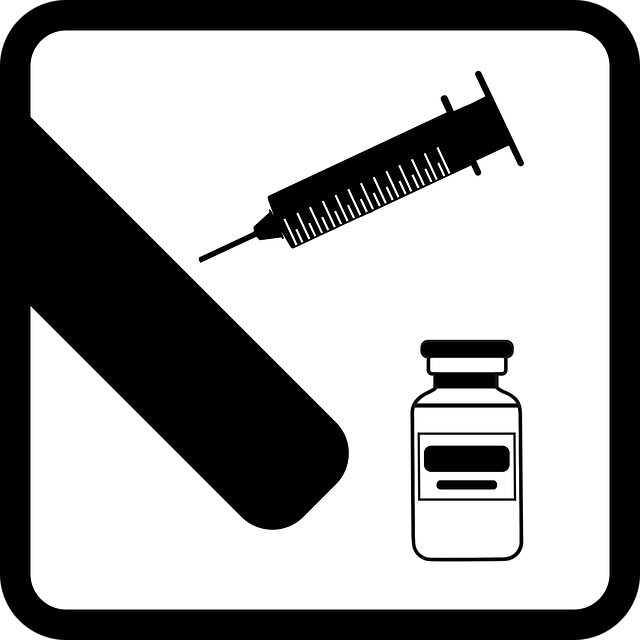Oregon's Department of Human Services (DHS) Child Welfare system is a multi-faceted network dedicated to safeguarding vulnerable children and families, operating under stringent legal procedures prioritizing youth safety and well-being. Key aspects include reporting suspected abuse or neglect, social worker investigations, court interventions, and defined parent/guardian rights. Understanding these procedures, removal processes, and legal oversight is vital for anyone involved, enabling informed decision-making and navigating complex legalities. DHS may place children in protective custody, issue emergency orders, provide in-home services, or develop individualized case plans with trained workers, regularly reviewed for adaptability. Families have access to legal aid, counseling, financial assistance, housing help, and childcare support during this challenging time.
“Navigating Oregon’s complex DHS (Department of Human Services) child welfare system is a critical yet challenging task. This article guides parents and guardians through the intricate legalities, offering insights into understanding and managing interactions with DHS. From recognizing legal procedures during involvement to comprehending one’s rights and court roles, each step is crucial. We explore potential outcomes, case management strategies, and available resources for families facing DHS intervention in Oregon, empowering them with knowledge.”
- Understanding Oregon DHS Child Welfare System
- Legal Procedures When Involved with DHS
- Rights of Parents and Guardians During Investigation
- The Role of Court Involvement in Child Welfare Cases
- Possible Outcomes and Case Management
- Resources and Support for Families Facing DHS Intervention
Understanding Oregon DHS Child Welfare System

Oregon’s Department of Human Services (DHS) Child Welfare system is a complex web of services designed to protect and support vulnerable children and families. It operates under a framework of DHS legal procedures, which are in place to ensure the safety, well-being, and stability of Oregon’s youth. These procedures involve intricate steps for reporting suspected child abuse or neglect, investigations conducted by social workers, and court interventions when necessary.
Understanding this system is crucial for anyone interacting with Oregon DHS Child Welfare. It includes familiarizing oneself with the rights of parents and guardians, the process of removal and placement of children in protective custody, and the various levels of legal oversight that govern these actions. This knowledge ensures informed decision-making and helps navigate the often challenging landscape of child welfare legalities in Oregon.
Legal Procedures When Involved with DHS

When involved with the Department of Human Services (DHS) in Oregon, it’s crucial to understand the legal procedures that govern child welfare cases. The initial step typically involves a report of suspected child abuse or neglect, which triggers an investigation by DHS workers. During this phase, it’s essential to cooperate fully while ensuring your rights as a parent or guardian are protected. This includes the right to remain silent and consult with an attorney.
If the investigation substantiates the allegations, DHS may take various actions, including placing the child in protective custody or creating a case plan aimed at reuniting the family. Legal proceedings can be complex, involving court hearings, access visits, and potential termination of parental rights. Having a comprehensive understanding of these procedures and seeking legal counsel is paramount to navigating this intricate process successfully.
Rights of Parents and Guardians During Investigation

When facing a child welfare investigation by Oregon’s Department of Human Services (DHS), parents and guardians have specific rights that must be respected throughout the process. These rights ensure fairness and due process while allowing individuals to defend their family and challenge any allegations. During an investigation, parents are entitled to be informed in writing about the nature of the concerns and the specific laws allegedly violated. They can request and receive a list of evidence and documents collected by DHS, enabling them to understand the case against them.
Furthermore, Oregon law guarantees parents and guardians the right to retain and consult with an attorney at any stage of the proceedings. This legal representation is crucial for navigating complex DHS legal procedures, as it ensures their rights are protected and helps them prepare a robust defense. It’s essential to be aware that cooperation with the investigation does not waive these rights; understanding and asserting them is vital in ensuring a fair outcome.
The Role of Court Involvement in Child Welfare Cases

In Oregon, when it comes to child welfare cases, court involvement is a crucial aspect of the DHS (Department of Human Services) legal procedures. The court plays a pivotal role in ensuring the safety and well-being of children who are at risk or have been removed from their homes due to abuse, neglect, or other hazardous conditions. Through court proceedings, the state ensures that the best interests of the child are paramount, guiding decisions regarding temporary or permanent custody arrangements.
The Oregon DHS, in collaboration with legal professionals and court officials, navigates a structured process where evidence is presented, arguments are heard, and orders are issued to safeguard children. This involves regular hearings, where all parties involved—including parents, guardians, social workers, and attorneys—can voice their concerns and advocate for the child’s future. The court’s oversight helps maintain transparency and accountability throughout the welfare process, fostering a sense of fairness and justice for all involved.
Possible Outcomes and Case Management

When navigating Oregon DHS (Department of Human Services) child welfare legalities, the possible outcomes can vary greatly depending on the specific circumstances of each case. After an initial assessment, which often involves a report of suspected abuse or neglect, DHS may take several actions. These include placing the child in protective custody, issuing an emergency protection order, or, in less severe cases, providing in-home services and support to help families resolve issues and keep children safe at home. The goal is always to ensure the well-being and stability of the child while reunifying them with their family whenever possible.
Case management plays a crucial role in Oregon’s DHS legal procedures. Trained caseworkers are responsible for developing individualized plans that address the unique needs of each child and family. This may involve therapy, parent education programs, substance abuse treatment, or other interventions designed to address underlying issues contributing to the child’s placement in foster care. Regular reviews and progress checks ensure that these plans remain effective and adaptive, ultimately aiming to prepare children for safe and permanent placements while empowering families with the tools they need to succeed.
Resources and Support for Families Facing DHS Intervention

Families facing DHS intervention in Oregon can access a range of resources and support services designed to guide them through the complex DHS legal procedures. These include legal aid organizations that offer free or low-cost legal representation, helping families understand their rights and obligations under state law. There are also non-profit agencies specializing in family support, providing emotional counseling, financial assistance, and practical help with housing and childcare.
Community resources such as social service agencies, school districts, and religious organizations often have information on available programs and services tailored to the specific needs of families involved with Oregon DHS. These networks can offer valuable insights into navigating the system, connecting families with other support systems, and fostering a sense of community during challenging times.
